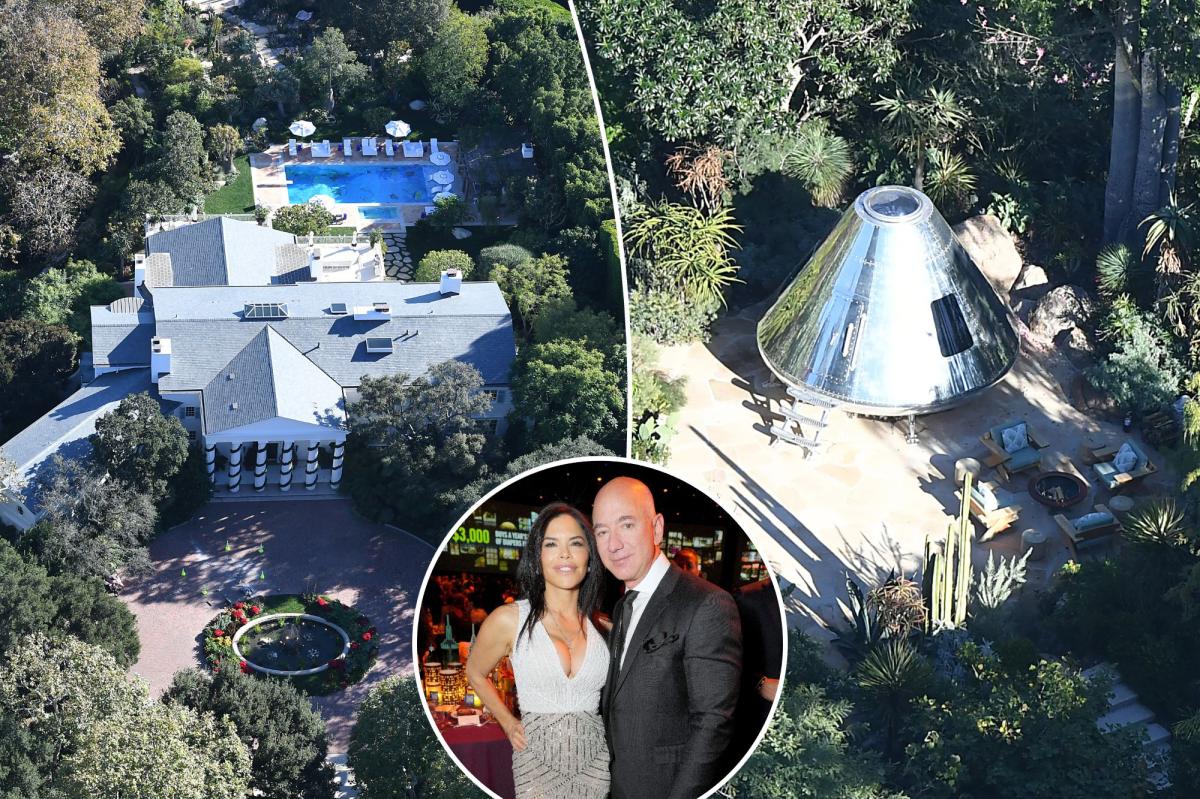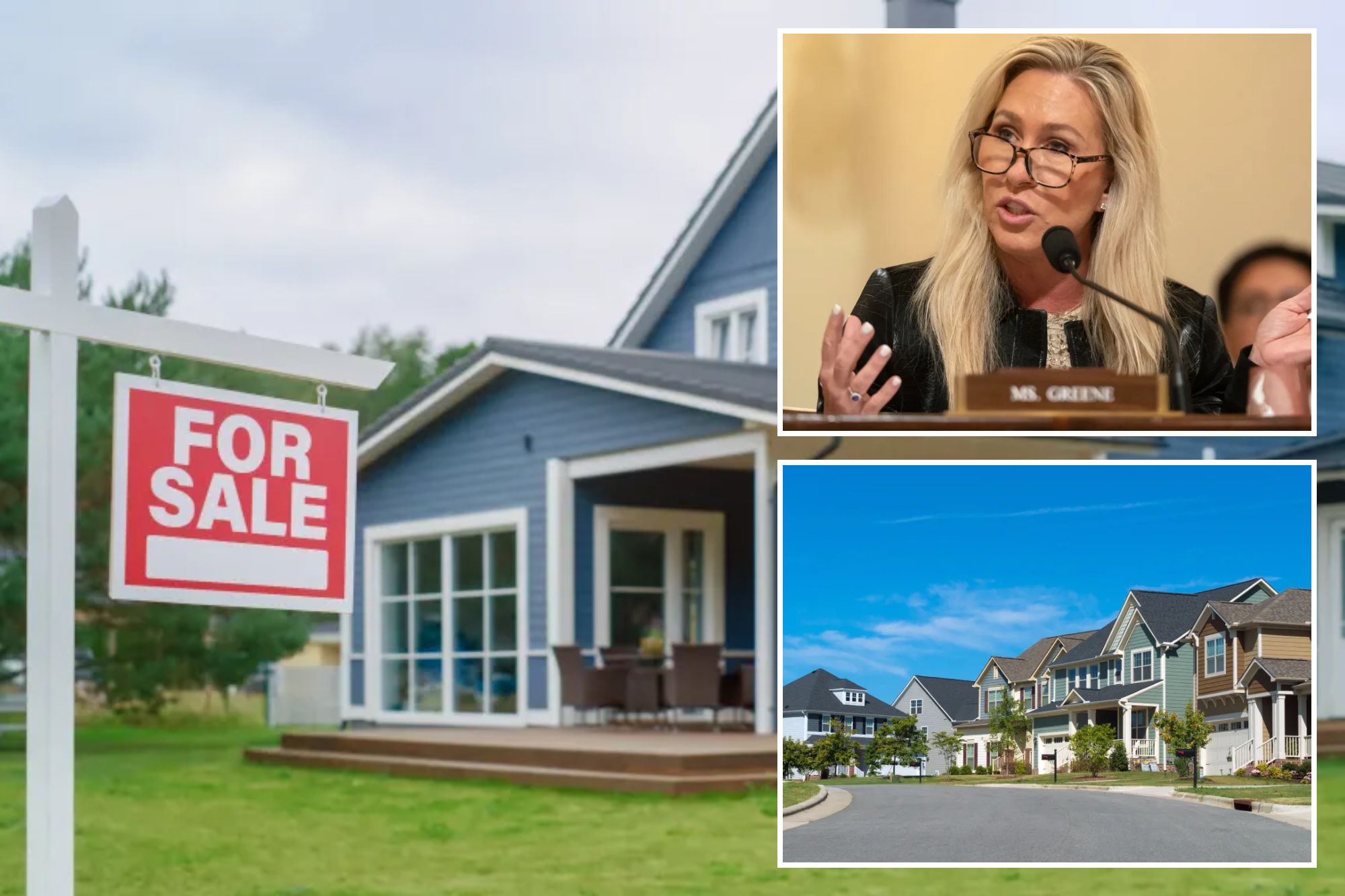I
n today's fast-paced real estate market, where buyers can scroll through listings with the ease of browsing Instagram, first impressions are crucial. A well-staged home can be a game-changer, transforming a "meh" property into a "yay!" that grabs attention and keeps it.
But staging is more than just a cosmetic upgrade; it's a strategic move to overcome common roadblocks in the selling process. By providing a blueprint for living in the space, staging helps buyers visualize how their life could fit into your square footage. This is especially important for awkwardly shaped rooms or properties with obvious flaws.
A recent example illustrates this point: four large penthouses in Brooklyn sat on the market for two years before being staged. The empty, open layouts left too much to the imagination, but after staging, which helped illuminate the true dimensions, all four went into contract.
Staging can also reduce days on market and carrying costs. Homes that linger on the market incur significant expenses, from mortgage payments to maintenance and upkeep. Effective staging can stay true to the actual condition of the home while presenting a vision of its potential, easing the cognitive dissonance buyers experience when looking at problematic units.
According to Jason Saft, founder of Staged to Sell Home, a Manhattan home sat unsold for 14 months, racking up $140,000 in carrying costs. After staging, it sold in 35 days. By focusing on the positives, staging can help buyers get to "yes" faster and avoid price cuts.
In today's market, buyers are willing to pay a premium for turnkey homes, with some recent sales examples showing that staged units may outperform unstaged ones, even if the condition is marginally worse. Staging taps into the same psychology as renovation, presenting a move-in-ready look that justifies a higher price.
The "Instagram effect" has also become a reality in real estate, where buyers expect homes to look like they came straight from a reality show. Poorly presented listings are dead on arrival, and sellers who set unrealistic expectations give buyers tremendous leverage. Staging can help reality meet expectations, flipping the script and giving sellers an advantage.
While staging isn't cheap, it may be a long-term gain, especially if the alternative is cutting the asking price after months on the market. A 5% price cut on a $2 million listing is $100,000; if that could be prevented by a $50,000 staging cost, the seller still comes out well ahead.
So, should you stage? Here's how to decide:
YES:
The home is vacant or poorly furnished.
Comparable staged units in the area are selling faster.
Your price point demands a high-end presentation.
NO:
Your market is red-hot, and homes are selling regardless of condition.
The cost outweighs the expected price increase.
The home already looks reality-show-ready.














